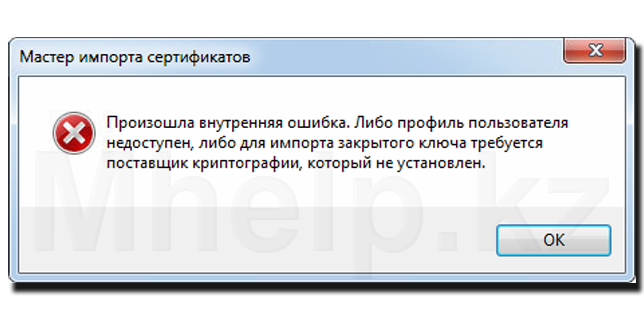
Jun 3, 2014 - Specify 'Provider' and 'Key store Password,' which points to the password. PKCS12 (Public Key Cryptography Standards) - Allows to read a.
Testograf.ru is tracked by us since September, 2015. Over the time it has been ranked as high as 194 999 in the world, while most of its traffic comes from Russian Federation, where it reached as high as 10 253 position. Prisyaga-dlya-chinovniko.testograf.ru receives less than 3.76% of its total traffic. All this time it was owned by LLC Testograf, it was hosted by Selectel Ltd. Prisyaga-dlya-chinovniko.testograf has the lowest Google pagerank and bad results in terms of Yandex topical citation index.
We found that Prisyaga-dlya-chinovniko.testograf.ru is poorly ‘socialized’ in respect to any social network. According to MyWot and Google safe browsing analytics, Prisyaga-dlya-chinovniko.testograf.ru is quite a safe domain with no visitor reviews.
A look at the encryption algorithm and its security benefits Public-key cryptography, or asymmetric cryptography, is an encryption scheme that uses two mathematically related, but not identical, keys - a public key and a private key. Unlike symmetric key algorithms that rely on one key to both encrypt and decrypt, each key performs a unique function.

The public key is used to encrypt and the private key is used to decrypt. It is computationally infeasible to compute the private key based on the public key. Nokia 6300 sbros na zavodskie nastrojki pc. Because of this, public keys can be freely shared, allowing users an easy and convenient method for encrypting content and verifying digital signatures, and private keys can be kept secret, ensuring only the owners of the private keys can decrypt content and create digital signatures. Since public keys need to be shared but are too big to be easily remembered, they are stored on digital certificates for secure transport and sharing. Since private keys are not shared, they are simply stored in the software or operating system you use, or on hardware (e.g., USB token, hardware security module) containing drivers that allow it to be used with your software or operating system.
Digital certificates are issued by entities known as Certificate Authorities (CAs). For more information on CAs, please see our related article -. Business Applications The main business applications for public-key cryptography are: • Digital signatures - content is digitally signed with an individual’s private key and is verified by the individual’s public key • Encryption - content is encrypted using an individual’s public key and can only be decrypted with the individual’s private key Security Benefits of Digital Signatures Assuming the private key has remained secret and the individual it was issued to is the only person with access to it, digitally signing documents and emails offers the following benefits. • Authentication – since the individual’s unique private key was used to apply the signature, recipients can be confident that the individual was the one to actually apply the signature • Non-repudiation – since the individual is the only one with access to the private key used to apply the signature, he/she cannot later claim that it wasn’t him/her who applied the signature • Integrity - when the signature is verified, it checks that the contents of the document or message match what was in there when the signature was applied. Even the slightest change to the original document would cause this check to fail. Security Benefits of Encryption Assuming the individual’s private key has not been compromised, encrypting data and messages offers the following security benefits. • Confidentiality - because the content is encrypted with an individual’s public key, it can only be decrypted with the individual’s private key, ensuring only the intended recipient can decrypt and view the contents • Integrity - part of the decryption process involves verifying that the contents of the original encrypted message and the new decrypted match, so even the slightest change to the original content would cause the decryption process to fail.